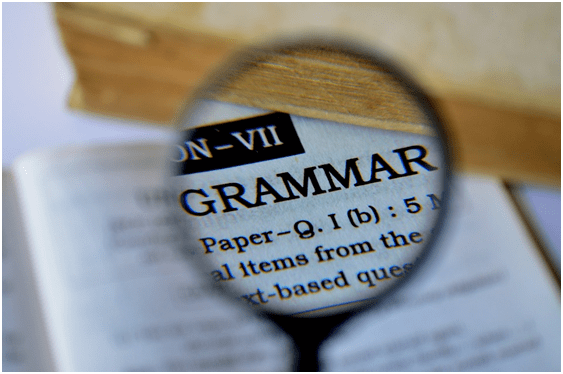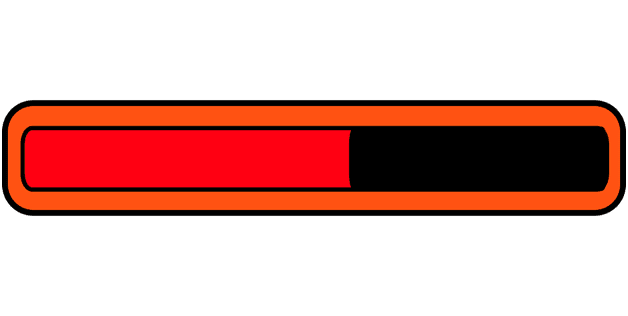Companies
Checklist for launching eLearning courses
So you’re getting ready to release your own eLearning courses? This is a very exciting moment, but it’s also when many unexpected problems and difficulties arise. It is definitely worth it to spend extra time in this final stage to make sure the fruits of your labor will be spotless and appetizing. You may be tempted to rush through this stage – it’s only natural - but doing so could undermine all the hard work you’ve had in the development state. So rushing the launch just to get it over with is never a good idea! There are several procedures that should be carefully observed during this final stage.
Since not all these procedures are intuitive and because the sourest lessons are learned from experience, we did our best to compile a clear checklist to maximize your chances of success. Here are some of most common oversights that you should be mindful to avoid while getting ready to launch your eLearning courses.
1 – Grammar, grammar, grammar

It goes without saying the text wrapping eLearning courses should look pristine and free of grammar errors, down to minute details including capitalizations and date formats. After all, how would a student feel if they were to come across a spelling blunder… would that not affect the credibility of your course? As an educator, we know you’re concerned about these matters. But we also know that working for too long on any piece of content can lead to a certain habituation that will make it harder to discern mistakes. For this reason, it’s important to be extremely conscious about spell-checking. Do it multiple times and if possible try to get the help of someone who hasn’t worked in developing the course since their fresh perspective will minimize oversights.
2 – Consistent tone and style
Just as important as having flawless spelling and grammar is to apply a consistent tone and style throughout your eLearning modules. This aspect is a little more subtle but just as important, since it will help promote student engagement. Make sure all writing is consistent, and all instructions clear and concise. Strategically use reinforcement positive reinforcement cues wherever student engagement is expected. Streamline your writing; often you’ll realize there are better ways to phrase a specific passage to ensure optimum reader comprehension and overall effectiveness of your e-course.
3 – Design considerations

Next in line, you should look into aspects of design that help improve the quality of eLearning. Haveyou included progress indicators that allow students to know where they stand in the course’s contents? Are colors and graphics contributing to the learning experience or detracting from it? Are pages static (no scrolling) and compatible with different browsers? Is there enough white space to keep the content easy to digest? Are fonts used wisely and consistently through the course? Did you seize the opportunity to establish your brand in a clear but sober fashion? It may be worth it getting the help of a professional designer if you want to achieve maximum impact with your eLearning course.
4 – Are learning units clearly defined?
Substance over style: It’s important to pay close attention to the presentation of your eLearning course and to make sure the student will have a pleasant learning experience… but it’s even more important to pay attention to the actual topics being taught. First and foremost, all learning units should be clearly defined and accessible through a table of contents – which ideally should be tied to the progress indicator. This will help establish a clear context in the mind of the student, which will actually facilitate the learning experience. Likewise, pay close attention to the use of headlines and sub-headlines as a way to summarize key points of information that will encourage the student to stay focused on what’s being taught. Try to perceive your course through the eyes of a student, and if possible get the help of actual students to understand potential shortcomings in the presentation.
5) Watch out for any loose ties
Did you make sure to include appropriate references whenever needed, to substantiate information as well as encourage further learning? Did you recently go through all those linked references to make sure they’re live? Are all forms and interactive elements working as expected? Have you made it easy to print out the learning materials? Did you provide learning topics at the end of each module to help students cement their learning? These are just some of the loose ties to watch for. If you can get students or peers to review your work, listen closely to their input as you will often find ways to fine-tune your eLearning modules. The best results in eLearning are achieved when an educator keeps revising e-courses based on actual real world feedback.
As you see, there are many things to keep in mind before releasing an eLearning course. Patient and moderation really pays off during this final stage, especially if you’re concerned about producing a course that gets above average results. No matter how strong your presentation and how effective your course turns out, there will always be ways to improve it through constant revision work.
Is there any other procedure you typically use? Make sure to share with us in the comments section!
